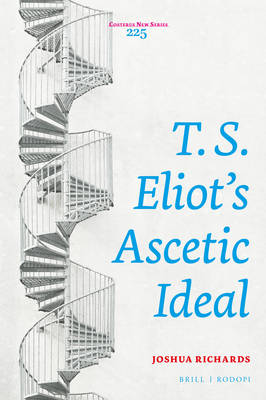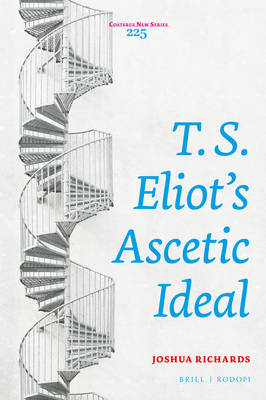
- Afhalen na 1 uur in een winkel met voorraad
- Gratis thuislevering in België vanaf € 30
- Ruim aanbod met 7 miljoen producten
- Afhalen na 1 uur in een winkel met voorraad
- Gratis thuislevering in België vanaf € 30
- Ruim aanbod met 7 miljoen producten
Zoeken
€ 90,45
+ 180 punten
Uitvoering
Omschrijving
In T. S. Eliot's Ascetic Ideal, Joshua Richards charts an intellectual history of T. S. Eliot's interaction with asceticism. This history is drawn from Eliot's own education in the topic with the texts he read integrated into detailed textual analysis. Eliot's early encounters with the ascetic ideal began a lifetime of interplay and reflection upon self-denial, purgation, and self-surrender. In 1909, he began a study of mysticism, likely, in George Santayana's seminar, and thereafter showed the influence of this education. Yet, his interaction with the ascetic ideal and his background in mysticism was not a simple thing; still, his early cynicism was slowly transformed to an embrace.
Specificaties
Betrokkenen
- Auteur(s):
- Uitgeverij:
Inhoud
- Aantal bladzijden:
- 188
- Taal:
- Engels
- Reeks:
- Reeksnummer:
- nr. 225
Eigenschappen
- Productcode (EAN):
- 9789004520134
- Verschijningsdatum:
- 25/05/2022
- Uitvoering:
- Paperback
- Formaat:
- Trade paperback (VS)
- Afmetingen:
- 152 mm x 231 mm
- Gewicht:
- 272 g

Alleen bij Standaard Boekhandel
+ 180 punten op je klantenkaart van Standaard Boekhandel
Beoordelingen
We publiceren alleen reviews die voldoen aan de voorwaarden voor reviews. Bekijk onze voorwaarden voor reviews.











